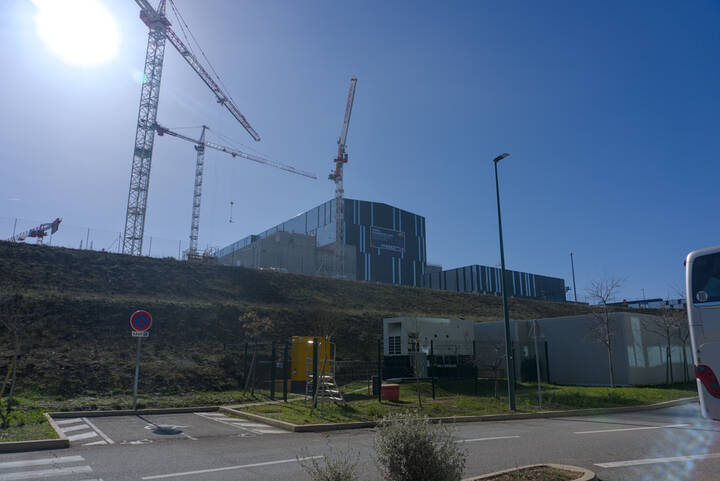


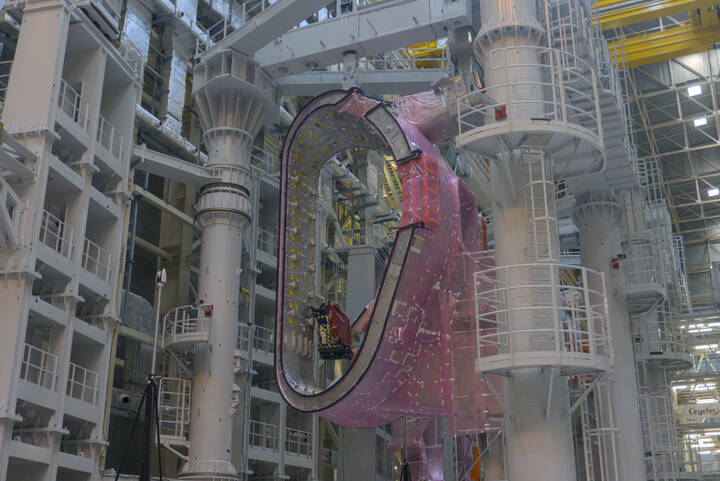
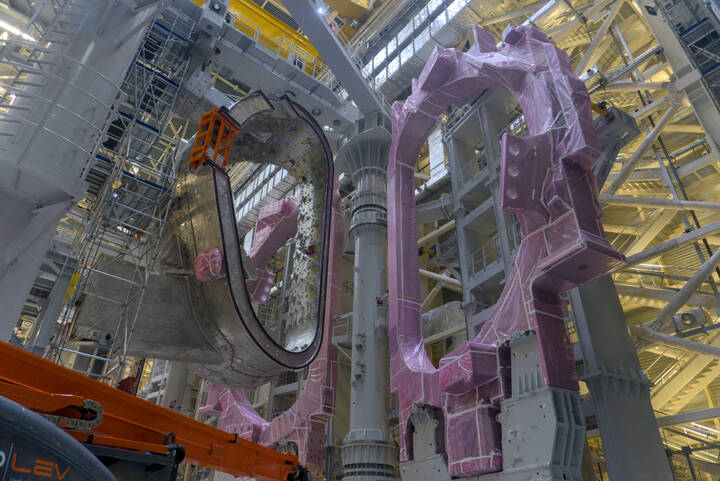
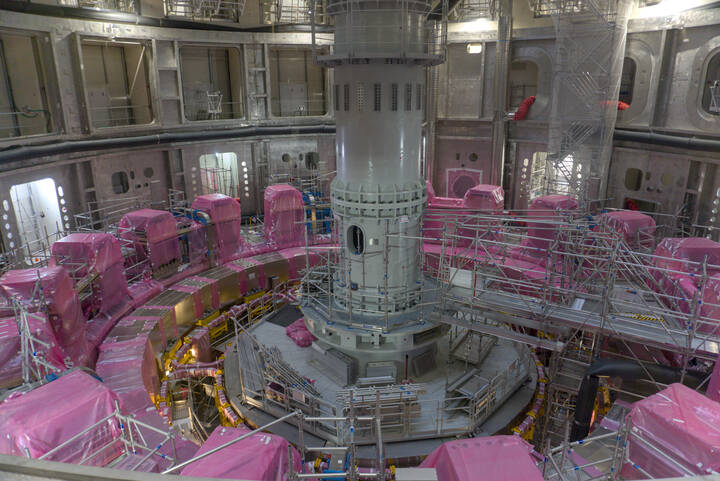
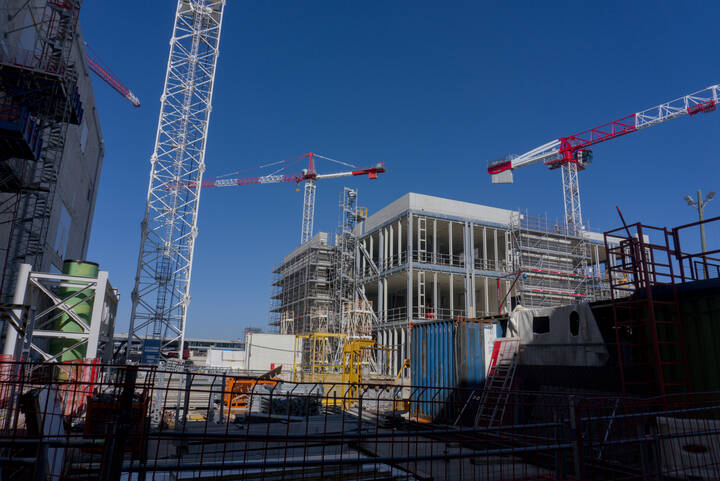

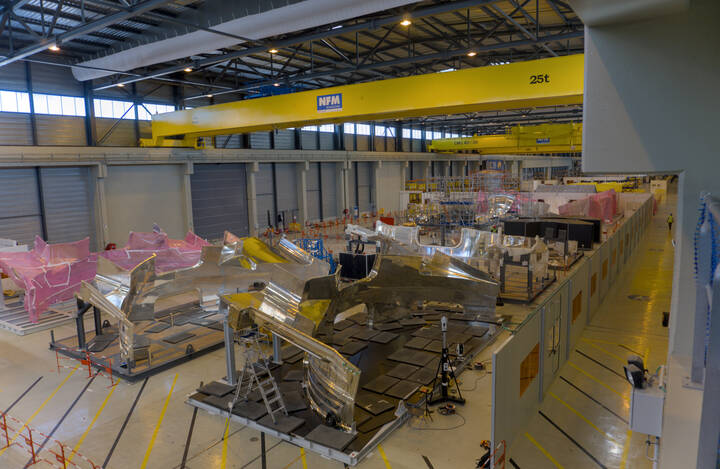
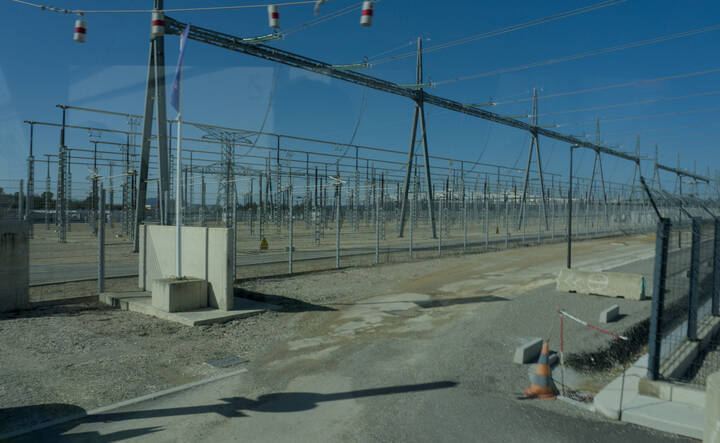
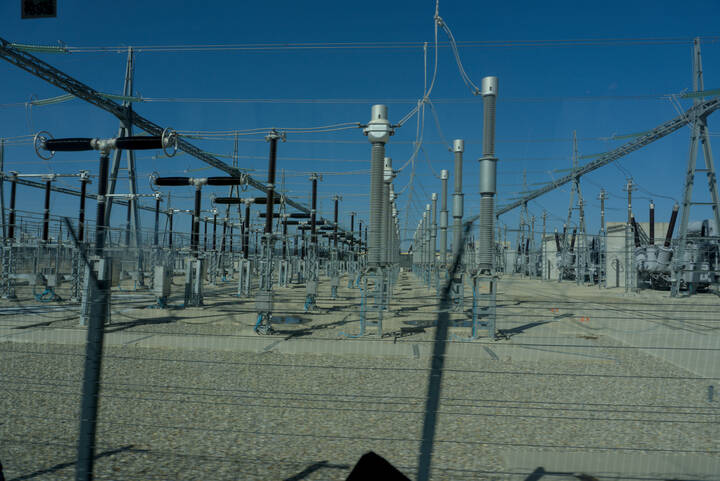
I took part in a guided tour of the ITER facilities which is a major nuclear fusion research project situated in southern France and the largest Tokamak built so far. Operation is planned to commence in late 2025 with a targeted energy gain factor of \(Q \geq 10\) and the ability to breed its own tritium fuel using lithium. I am not a physicist so here’s the Wikipedia article as well as a component overview detailing all the crazy engineering challenges that still need to be overcome. Needless to say, the whole project is extremely impressive and doesn’t just involve research and advancements in plasma and particle physics, but also in areas like material science, civil engineering, cryogenics and superconductors. Heating a plasma to about ten times the temperature at the core of the sun, cooling magnets to near absolute zero a few meters away and inducing and holding a plasma current of 15 megaamperes while keeping the whole system steady for over 400 seconds is just not that easy I guess.
We also spent a day in Marseille which is an interesting city, but due to my lack of ability to speak French (I don’t regret it) I didn’t take away much culture-wise. It was a short trip anyway so spending one or two days roaming around the city while having nice food was enough to at least partly alleviate exam stress. We visited the Frioul islands and also the Notre-Dame de la Garde basilica which offered an awesome view of the surrounding city.











Not as interesting as ITER, but not bad.